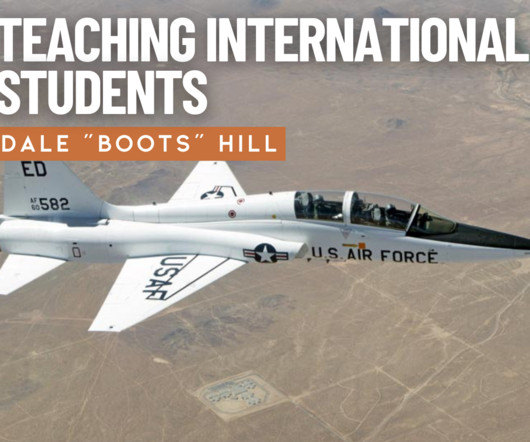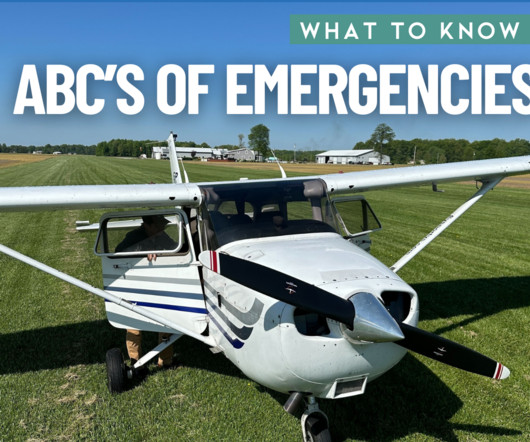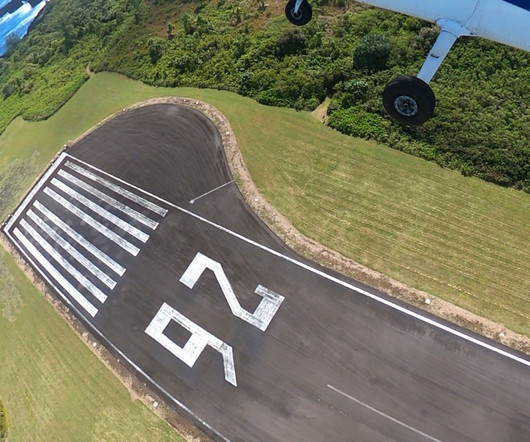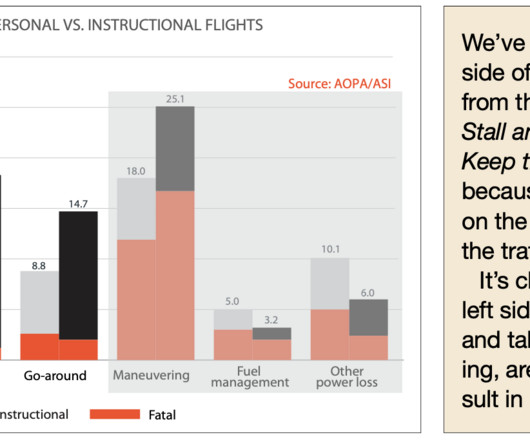Teaching International Student Pilots
Air Facts
MARCH 5, 2025
He then returned to Vance to conduct landings from the T-38 overhead pattern on our westernmost runway (17R); thats when the wheels came off. Approximately half way down the runway, you execute a level, 60-degree bank, 180 o turn while reducing power and lowering the speed-brakes to arrive on the inside downwind. carry the three?














Let's personalize your content